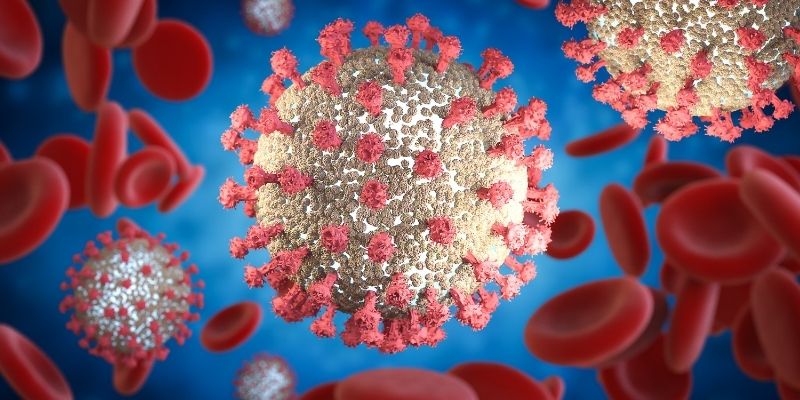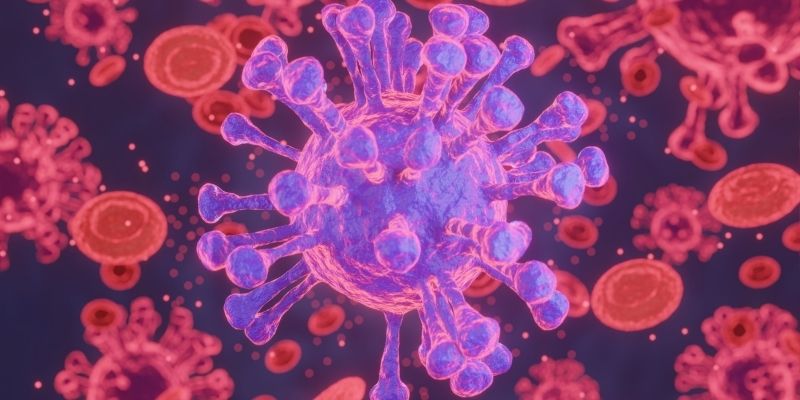What Happens When Your Sodium Levels Drop Too Low?
Nov 08, 2024 By Celia Shatzman
Hyponatremia is a medical condition that is characterized by low level of sodium in the blood. Sodium also known as Sodium chloride is an electrolyte which maintains the fluids, nerves and muscles of the body. This merely denotes that when sodium level comes down to that level and below, it is likely to trigger a variety of other health complications. Here, well discuss what hyponatremia means, what might cause it and how it can be diagnosed and treated.
What is Hyponatremia?
The depletion of sodium in the body is known as hyponatremia. Its a situation in which a patients sodium levels dip below 135 milliequivalents per litre (mEq/L). Sodium is involved in operation of nerves and muscles in the body as well as regulation of amount of fluid in the body. It regulates blood pressure and plays a part of roles in muscles and nerves. When the sodium level gets very low, these functions may be affected. Such disruption is bound to have several effects or symptoms, and complications.
Causes of Hyponatremia

There are many causes of hyponatremia, these are:
Excessive fluid consumption is one of the usual reasons for this problem. It is becoming laxative when taken in excess and it drags down the sodium/potassium balance in the blood normally associated with water. This normally occurs with those sportsmen who take a lot of water during events, and fail to supplement the lost electrolytes.
It is also worth mentioning that there are several states that cause hyponatremia, too. For instance, cardiovascular disease or congestive heart failure, liver diseases, and renal disorders predict the individuals ability to balance sodium and fluids.
Other contributors include hormonal changes as well. There are hormones like Antidiuretic hormone that aids in regulating the fluid composition in the body. Any conditions that forces the body to produce more of ADH causes water retention which dilutes sodium levels.
Sodium intake can be influenced by medicines. Some of them are water pills that increase urination and lead shedding of sodium. Other drugs such as antidepressants and some analgesics might also cut the time taken to conceive by half.
Vomiting and diarrhea can also be accompanied by the loss of fluids in greater amounts than with a simple case of diarrhea alone. This can lead to deficits of potassium and sodium.
What are Types of Hyponatremia
Hypovolemic Hyponatremia:
In this type, as the name implies both sodium and water are lost though the amount lost is slightly higher in sodium. Such can be due to cases of sweating, vomiting, elevated diarrhea, or even use of diuretics.
Euvolemic Hyponatremia:
Here, the body holds more water and sodium levels remain constant. This condition occurs most commonly due to a syndrome that results in an excess production of antidiuretic hormone (SIADH).
Hypervolemic Hyponatremia:
In this case both sodium and water are in the presence of each other excess. But there is a higher increase in water as compared to the other three components. This type is seen in the patients with heart failure or kidney disease.
Symptoms of Hyponatremia

Hyponatremia has many possible symptoms. In typical instances the symptoms may be absent and would only appear as a mere flu like illness. However, if the content of sodium decreases, people also face several problems.
Common early symptoms include:
- Nausea: Many times, accompanied by vomiting.
- Headache: This can occur from problems in the brains blood vessels causing swelling from imbalances in the amount of fluid in the central nervous system.
- Confusion or Altered Mental Status: Sodium deficiency is known to have some effect to the ability of the brain to function.
- Fatigue: Some symptoms which are common include fatigue or weakness.
- Muscle Cramps or Spasms: Too little sodium may also make muscles lose their tone and you may experience cramps.
- Seizures: It adds that severe cases result in such symptoms as seizures on the neurological system.
- Coma: Severe sodium deficiency may lead to apparent coma and in some cases to death.
Diagnosis of Hyponatremia
Diagnosing hyponatremia involves several steps. First, doctors review the medical history. They ask about recent illnesses, medications, dietary habits, and fluid intake. Next, they conduct a physical examination. Finally, they order laboratory tests.
Blood tests measure sodium levels and other electrolytes. This helps determine if hyponatremia exists. Urine tests check how much sodium the kidneys excrete. This information reveals the underlying cause of hyponatremia.
Treatment for Hyponatremia
The treatment for hyponatremia varies based on its severity and cause. Here are some common approaches:
1. Fluid Restriction: For euvolemic or hypervolemic hyponatremia, doctors may recommend limiting fluid intake. This approach helps raise sodium levels in the body.
2. Sodium Replacement: If a person has hypovolemic hyponatremia due to fluid loss, sodium replacement is crucial.
- Intravenous (IV) Fluids: Healthcare providers give saline solutions with sodium to quickly restore electrolyte balance.
- Oral Sodium Supplements: In less severe cases, doctors may prescribe oral supplements to increase sodium intake.
3. Medications: Some medications treat the underlying conditions that cause hyponatremia. For example, vasopressin receptor antagonists block the effects of ADH. This action helps the body excrete excess water.
4. Treating Underlying Conditions: It is important to address any underlying medical issues, like heart failure or kidney disease. Proper management of these conditions is essential for treating hyponatremia effectively.
5. Monitoring Electrolyte Levels: Regularly monitoring electrolyte levels during treatment is important. This practice helps restore sodium levels safely. It prevents rapid changes that could cause complications.
Prevention of Hyponatremia
You can prevent hyponatremia by maintaining a balanced diet and staying properly hydrated:
- Eat a Balanced Diet
- Stay Hydrated Wisely
- Monitor Medications
- Regular Check-Ups
Final Words
Hyponatremia is a serious condition that needs attention. It can lead to complications if left untreated. To manage this electrolyte imbalance effectively, understand its causes and recognize symptoms early. Seek appropriate treatment when needed. By maintaining a balanced diet and being mindful of fluid intake during physical activities or illness, you can lower your risk of developing hyponatremia.

Ankle Resilience: A Comprehensive Rehab Exercise Program for Sprains

Elevate Your Leg Day: Effective Hamstring Exercises You Might Be Missing

Why You Shouldn't Dismiss Snail Slime for Flawless Skin

How Exercise Can Help Boost Your Memory: A Complete Understanding

Growing to a Beard Faster

Does Sleeping More Improve the Look of Dark Circles?

What Happens When Your Sodium Levels Drop Too Low?


